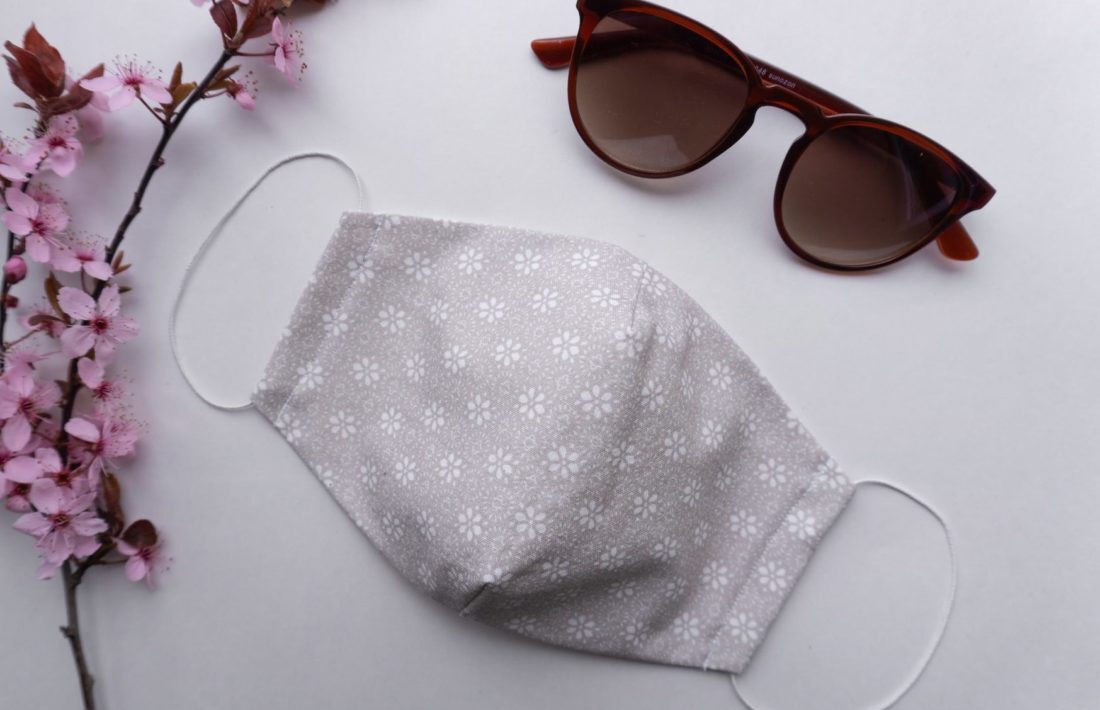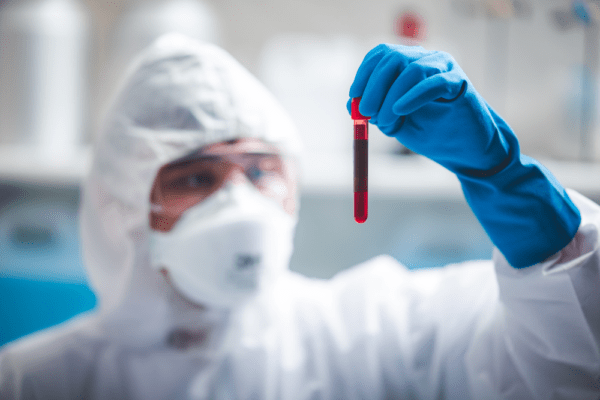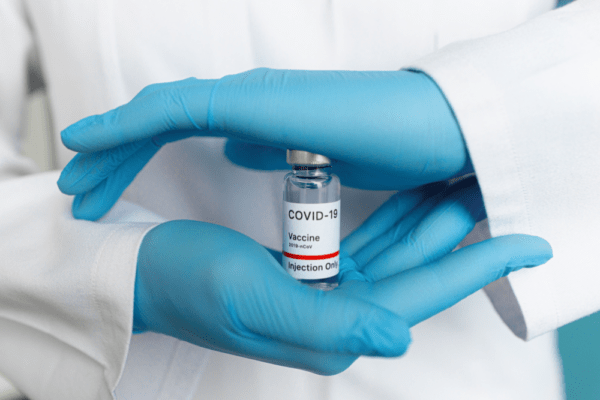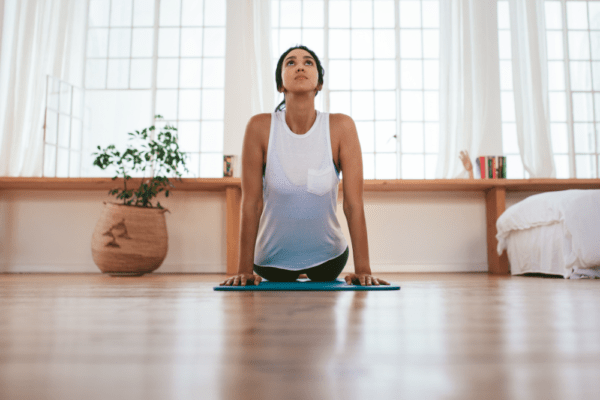The coronavirus pandemic continues to dominate our everyday life, making it likely for people to continue to take safety precautions and practice the norms of social distancing and wearing a face mask. One of the best ways you can protect yourself and others from COVID-19 is by wearing a face mask.
However, with the arrival of summer and hot and thick humid temperatures, wearing a mask can be uncomfortable. Masks can get sweaty, trap heat, feel stuffy, and can even leave us with a heat rash. You might feel the urge to remove the mask, but that is not the best idea. Evidence has shown that face masks work. They reduce transmission, helping to curb the spread of the disease.
Here are some tips you can follow to prioritize safety, and at the same time staying comfortable while wearing a mask in the summer heat.
Choose the right material for your face mask
The best strategy for a heat-friendly mask is to pick a light, breathable 100% cotton face mask. N95 and other medical masks uses polyester and other synthetic materials which can trap heat, causing wearers to build up sweat and moisture around their face quickly. Cotton is one the coolest, breathable fabrics that also contains fibers small enough to stop the spread of virus particles.
Lighter, softer cotton coverings can also help you avoid chafing, heat rash or inflaming a skin condition like eczema, if you suffer from it. If you’re making a cotton mask at home, use multiple layers of fabric to maximize effectiveness.
The mask should be used in the right configuration- the ideal face mask should fit “snugly but comfortably” against your face. Use a mask that has ties rather than elastic straps, which can irritate the ears, or use straps that are of other material like cloth or hair elastics.
Take proper care of the mask
Taking care and proper handling of the mask is also crucial when it comes to its effectiveness. Your mask should be washed everyday or at least after every use. For cloth masks, after they get soiled—wet with sweat or anything from your hands—they should be changed as soon as possible. If you have to take your mask off for some reason, avoid touching the mask in the process. Also, keep in mind to remove the mask by the straps at the ears and not by touching the front of it as the area can contain bacteria.
Bring backups
Keep fresh masks with you while venturing outside as masks, in the heat and humidity, will most likely become damp with sweat. Damp face masks are less effective when it comes to filtering out germs lingering in the air and should be changed right away. Cotton traps less air and moisture than standard medical and industrial masks, and it’s more absorbent, but if it gets damp due to breathing and sweating it can be less effective in filtering respiratory particles. It can also stick to your face and obstruct your breathing.
Additionally, sweating and the humidity in the mask area can lead to an acne breakout, or even dermatitis. When your mask gets soiled, change into a new, clean face mask right away. Remember to wash your hands before putting on a new face mask and dispose the used one appropriately.
Combating skin irritation and acne
Wearing masks in the thick humid summer for prolonged period of time can lead to skin issues like acne breakouts. In hot weather, you create a lot of moisture under the mask, and the skin can break down a little more; moisture from breath or heat builds up, and you can get a rash.
To avoid skin irritation in the heat, pick breathable cloth masks and avoid staying in the sun as much as possible to protect against UV exposure. Stay well-hydrated and seek the shade if you happen to be outside.
Skip makeup
Sweat cannot evaporate when you have a mask on. And when you wear makeup, heat and perspiration can create a gunky mess under your mask. It can clog pores and contribute to the lower-face skin eruptions that have been dubbed “maskne,”- acne caused by wearing a mask. Wear a mask on a clean face with only a little bit of moisturizer. Creams that have dimethicone in them are a good moisturizer but also is a barrier cream (to create barrier to the friction), so it creates some protection between your skin and the mask.




